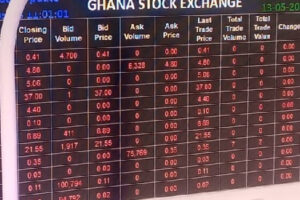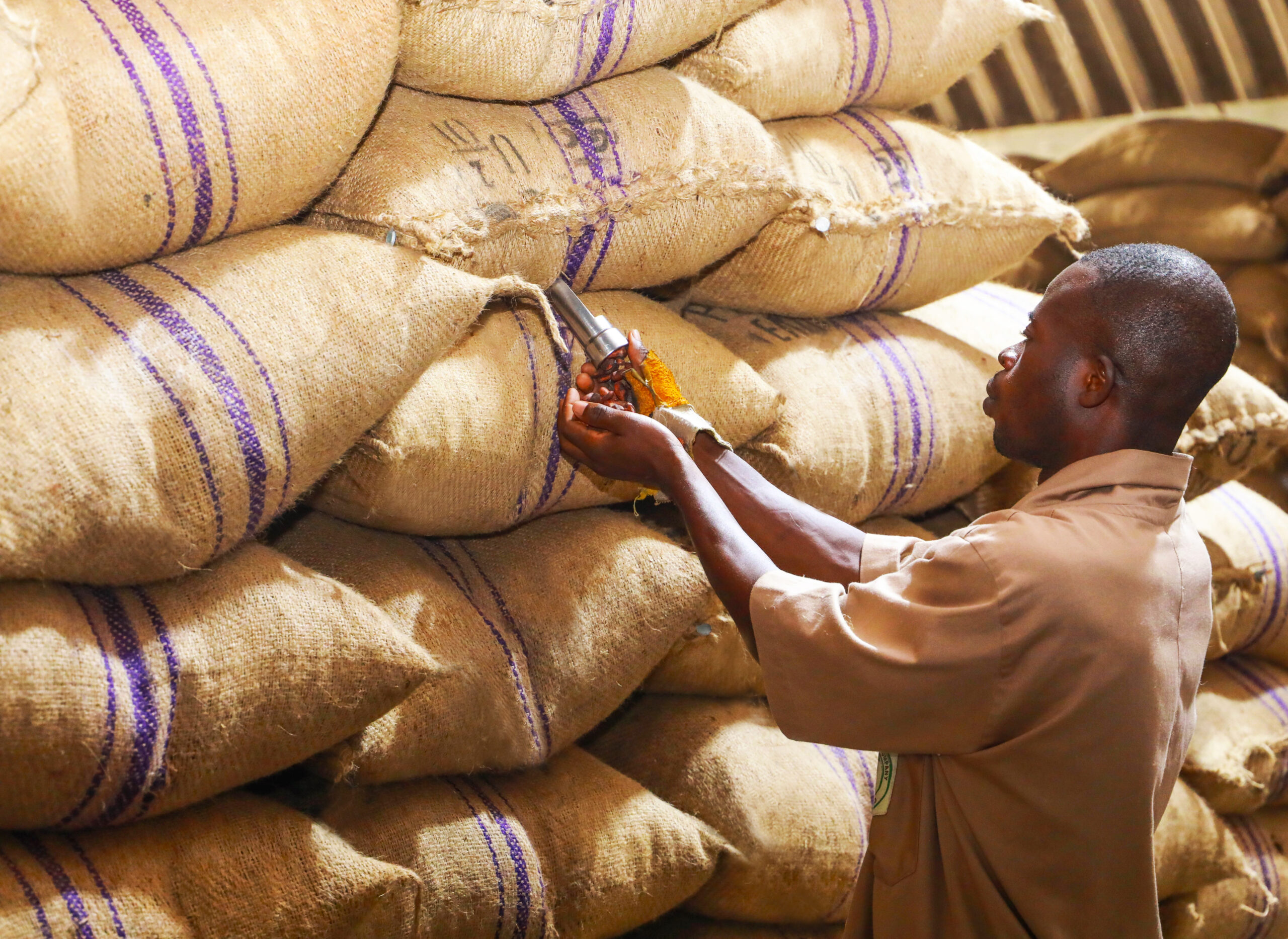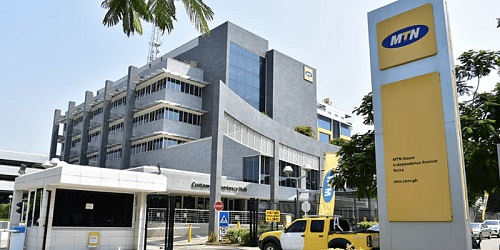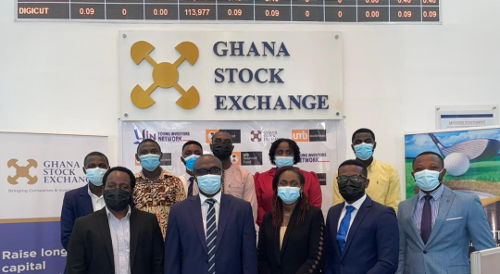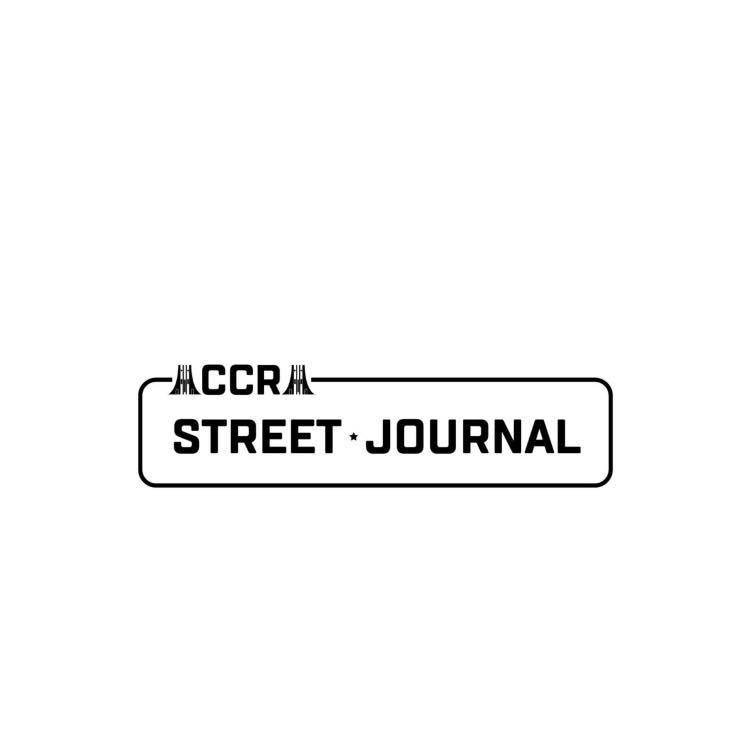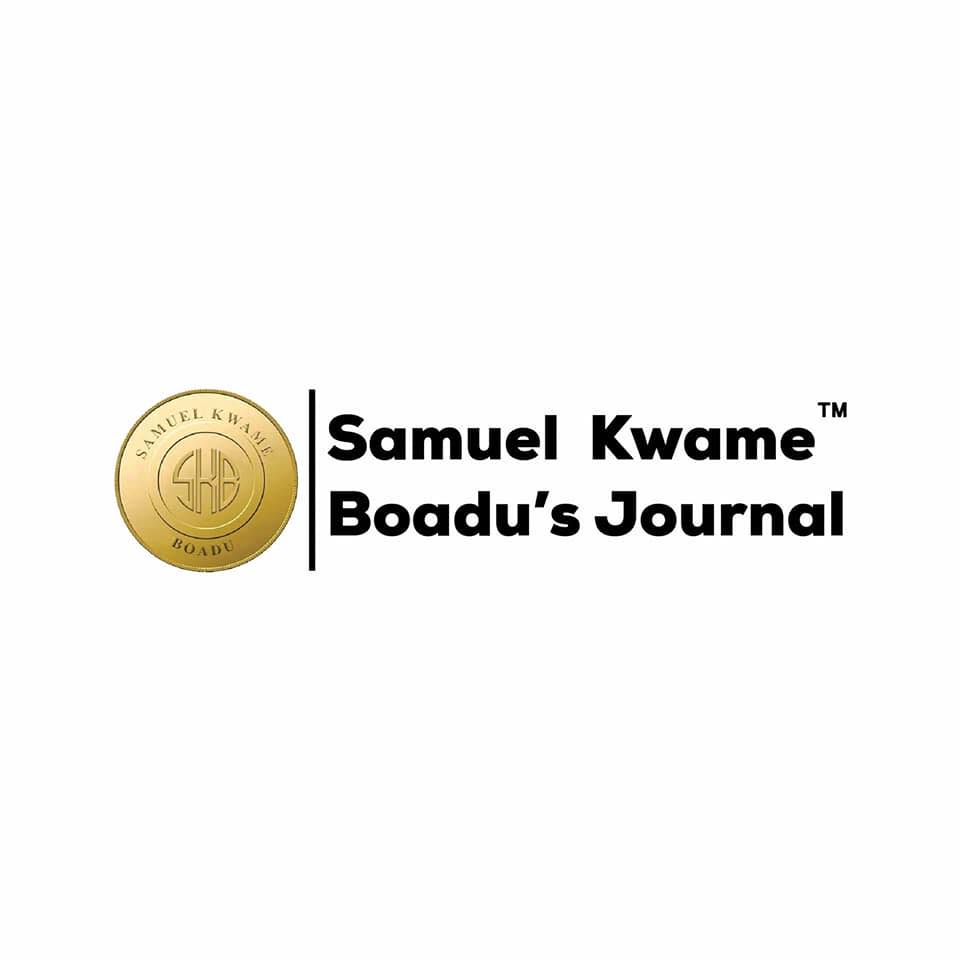The ripple effects of cocoa swings on Ghana’s capital market
Accra — Cocoa has long been more than a crop in Ghana: it is a structural pillar of export revenue, rural livelihoods, and national foreign exchange. As global cocoa prices swing, their impact reverberates through Ghana’s macroeconomy — and ultimately shapes investor sentiment and valuations on the Ghana Stock Exchange (GSE).
Below, we trace the channels through which cocoa price volatility influences equity markets, the scale of the effects, and what investors ought to watch going forward.
📢 GET A DETAILED ARTICLES + JOBS
Join SamBoad's WhatsApp Channel and never miss a post or opportunity.
📲 Join the Channel NowCocoa’s Role in Ghana’s Economy
Before diving into stock market linkages, it is essential to recognize cocoa’s economic weight:
-
Cocoa and cocoa products remain one of Ghana’s top foreign exchange earners, behind gold but ahead of many other export items.
-
The Ghana Cocoa Board (COCOBOD) acts as the monopsony buyer and price setter within Ghana, insulating many farmers from spot price swings but also constraining the domestic responsiveness to global markets.
-
In 2024, cocoa export revenues plunged by more than 25% year-on-year, reflecting both production shortfalls and global price setbacks.
-
Ghana’s cocoa system is also vulnerable to smuggling pressures — farmers cross borders to sell to more favourable buyers when local prices lag. In 2023/24, Ghana lost an estimated 160,000 tons of cocoa to smuggling.
Because of cocoa’s export relevance and link to FX inflows, wide swings in cocoa prices can influence broad macro variables — and thereby the GSE.
Transmission Channels: From Cocoa to Equities
Here are the principal pathways through which cocoa price volatility affects the stock market:
1. Foreign Exchange & Reserve Volatility
Cocoa export proceeds are a key source of foreign currency in Ghana. When cocoa prices rise, export earnings increase, supporting foreign reserves and alleviating pressure on the cedi. In turn, a stronger or more stable cedi enhances confidence in local-currency assets, reducing currency risk premia on equities.
Conversely, when cocoa prices collapse, weaker FX inflows can drain reserves, intensify depreciation pressures, and push up risk premiums on equities, especially for firms with dollar-denominated costs or foreign obligations.
2. Fiscal Revenues & Government Spending
COCOBOD (and other state bodies) often contribute directly to government receipts. Low cocoa prices reduce transfers to the central budget, tightening fiscal space. If the government responds with higher borrowing (especially domestic), that can compete with equity capital, push up interest rates, and discourage equity investment.
3. Sentiment & Sectoral Shocks
Cocoa volatility can lead to sector-specific gains or losses — particularly for Cocoa Processing Company (CPC), the only major listed processor of cocoa beans. CPC’s share price is more directly sensitive to cocoa prices: when global prices rise, its raw material costs may fluctuate, but its margins and investor expectations adjust.
In August 2025, for instance, CPC surged ~50%, helping push the GSE Composite Index higher. Yet CPC remains relatively small in market capitalization and liquidity: it has traded low volumes and modest value, even as its share price has gained.
Additionally, cocoa-related volatility tends to syndicate uncertainty to other sectors (banks, consumer goods) via expectations on FX, input costs, or macro stability.
4. Volatility Spillovers & Risk Perception
Empirical studies show that volatility in cocoa prices is statistically linked to higher volatility in GSE stock returns. One seminal analysis found that cocoa price shocks increase stock return volatility, especially when combined with interest rate volatility.
In effect, cocoa price swings heighten the risk premium investors demand, making equity valuation multiples more vulnerable to compression.
Empirical Illustrations & Recent Episodes
-
In August 2025, the GSE Composite Index rose ~4.84% in part because Cocoa Processing Company recorded a 50% stock gain (reflecting cocoa optimism).
-
Yet CPC remains illiquid: over the past three months, it traded a total volume of only 24,022 shares, with average daily volume as low as ~381 shares per session.
-
The 2024 cocoa export revenue decline of ~25% reduced the cushion for FX inflows, which in turn increased pressure on external balances and exchange rate variability.
-
The 2023/24 smuggling figure of 160,000 tons represents substantial lost export value, weakening Ghana’s capacity to translate cocoa price improvements into official FX receipts.
These episodes illustrate how cocoa’s local dynamics (prices, smuggling, production) have ripple effects across the macro-financial spectrum and the GSE.
Risks, Limits & Caveats
While cocoa price volatility is important, its influence on the GSE is mediated and sometimes dampened by structural constraints:
-
COCOBOD’s price-setting buffer mitigates to some degree the full pass-through of global cocoa price swings to farmer incomes and domestic receipts.
-
The liquidity of cocoa-linked equities (e.g. CPC) is low relative to banking, telecom, and consumer stocks, which limits their capacity to move the broader index meaningfully.
-
The GSE’s sector composition tends to be dominated by financials and telecoms; cocoa-linked names have a marginal weighting, meaning cocoa shocks must be large to sway the broader index.
-
Macroeconomic fundamentals (inflation, interest rates, FX expectations) often play a more dominant role in investor sentiment and equity valuation, so cocoa is one among many moving parts.
Opportunities & Strategic Takeaways for Investors
Given the influence of cocoa volatility, investors on the GSE should:
-
Monitor global cocoa futures prices and hedge market consensus expectations. Sharp upswings often presage FX relief; sharp drops may foreshadow broader stress.
-
Pay attention to CPC’s earnings reports, margins and price pass-through ability, because it is the most directly exposed listed cocoa processor.
-
Watch smuggling reports and domestic collection performance, as significant leakage of cocoa undermines official export receipts. The 160,000-ton smuggling estimate underscores this risk.
-
Treat cocoa shocks as early-warning indicators for exchange rate, reserves and inflation — adjust equity exposure, especially to sectors sensitive to FX and interest rates.
-
Diversify sector exposure in portfolios: overreliance on cocoa-linked names can be hazardous in periods of extreme price reversals.
Source: The High Street Business
Disclaimer: Some content on The High Street Business may be aggregated, summarized, or edited from third-party sources for informational purposes. Images and media are used under fair use or royalty-free licenses. The High Street Business is a subsidiary of SamBoad Publishing under SamBoad Business Group Ltd, registered in Ghana since 2014.
For concerns or inquiries, please visit our Privacy Policy or Contact Page.





